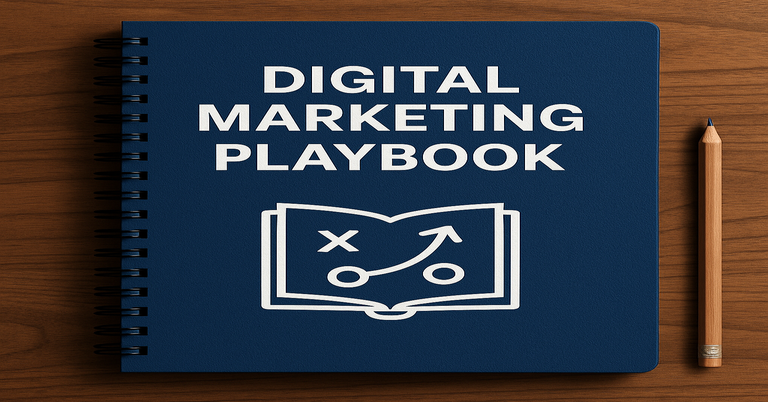Now Is the Moment to Rethink Your Digital Marketing Playbook
As consumer behavior continues to shift and expectations grow across every platform, traditional tactics are no longer enough. Recent changes from Google, Meta, and Adobe are forcing marketers to rethink what works, what scales, and what truly builds trust. This is not a time for autopilot. It’s a time to be precise, flexible, and bold.
Let’s break down what’s happening and how to respond with a strategy that’s both practical and forward-looking.
1. Focus Your SEO Strategy on Usefulness, Not Keywords
Google’s June 2025 core update is still rolling out, but early movement suggests a familiar pattern. Sites with templated, AI-written, or thin content are seeing drops. Sites that prioritize helpful, original information are starting to climb.
Here’s what’s working:
- Longform content that directly answers real questions
- Firsthand experience and expert insights
- Clean internal linking and logical site structure
What to do now:
- Audit your top 20 landing pages. Look for outdated info, thin paragraphs, and keyword stuffing.
- Replace fluff with real data, original perspective, and clear calls to action.
- Use schema markup to help Google understand your content better. This can boost visibility in featured snippets and AI-generated summaries.
2. Use AI to Automate Repetition, Not Creativity
Adobe’s new “AI Agents” are helping major brands produce content at scale. Meta just launched tools that instantly generate localized video ads. These tools are helping teams move faster and test more efficiently.
AI can support your workflow, but it can’t replace your strategy. It doesn’t understand your audience’s context or tone. And it doesn’t know how to sell.
How to use it effectively:
- Use AI to draft social posts, test subject lines, or generate content outlines.
- Keep all final messaging reviewed by a human with creative and strategic judgment.
- Build templates for repeatable campaigns and let AI handle the execution, not the thinking.
3. Shift Your Social Media Strategy from Polished to Personal
Recent data from Hootsuite shows that off-the-cuff, lo-fi content is outperforming curated grids. The top-performing brands are showing up like people, not companies.
What that looks like:
- Commenting on trends in real time
- Using memes and humor to connect with your audience
- Replying to followers in the comments, not just in DMs
Your action plan:
- Empower your team to experiment with tone, format, and frequency.
- Treat each post like a conversation starter, not a brand announcement.
- Use analytics to measure engagement, not just reach or likes.
4. Build Real-Time Personalization with First-Party Data
The shift away from third-party cookies is accelerating. First-party data is becoming the foundation for effective digital marketing. Many brands are still underutilizing it.
Where to focus:
- Capture email and SMS consent with clear, compelling offers
- Segment audiences based on behavior, not just demographics
- Trigger real-time responses based on user actions, like abandoned carts or viewed pages
Make it easy for people to opt in. Offer something valuable in return, like early access, exclusive content, or discounts. Once they’re in your system, treat their data with care and respect.
5. Test Creative More Often, Not Just During Campaign Launch
Marketers who test constantly outperform those who only test when something breaks. AI makes it easier than ever to create variations for ads, emails, and landing pages.
Where to begin:
- Choose one campaign this month and create three new variations
- Change only one variable per test: headline, image, call to action, etc.
- Track results beyond click-through rate. Look at time on page, scroll depth, and conversion rate
Great creative can improve performance by 10 to 20 percent, even with the same audience and budget. That kind of gain is worth pursuing consistently.
6. Prepare for a Search Landscape That’s No Longer Just Text
Search is becoming visual, conversational, and interactive. Google’s AI Overview Mode is blending images, video, and text into the search experience. Voice search and image-based queries are also rising.
To stay visible:
- Use alt text for every image
- Add transcripts to every video
- Optimize product images and descriptions for visual search
Also consider how your content sounds when read aloud. Write in natural, conversational language, especially on FAQs, blog posts, and product pages.
7. Prioritize Trust and Transparency at Every Touchpoint
AI is changing how we build and scale campaigns, but it also raises important questions about privacy and trust. Consumers expect transparency, and regulators are taking a closer look at how data is handled.
Checklist for trust:
- Make your privacy policy easy to find and understand
- Be clear when AI is used in your content or recommendations
- Give users control over their data and communication preferences
Trust is built through consistency and honesty. Every time a user interacts with your brand, it’s either reinforced or eroded. The details matter.
For more insights, resources, and to learn about our digital marketing services, visit KSO Digital. Stay updated with the latest in digital marketing and strategy by following our blog.



